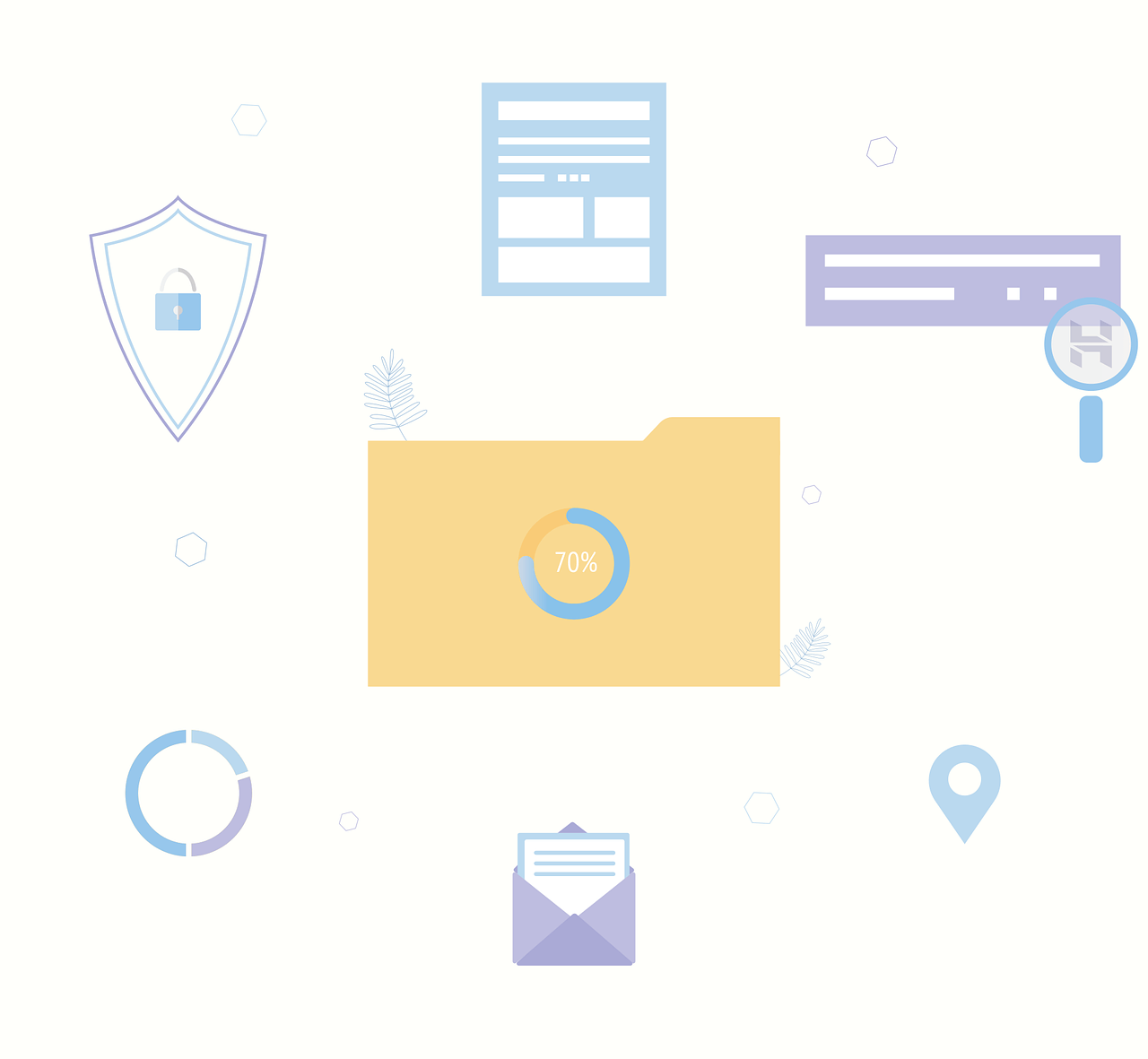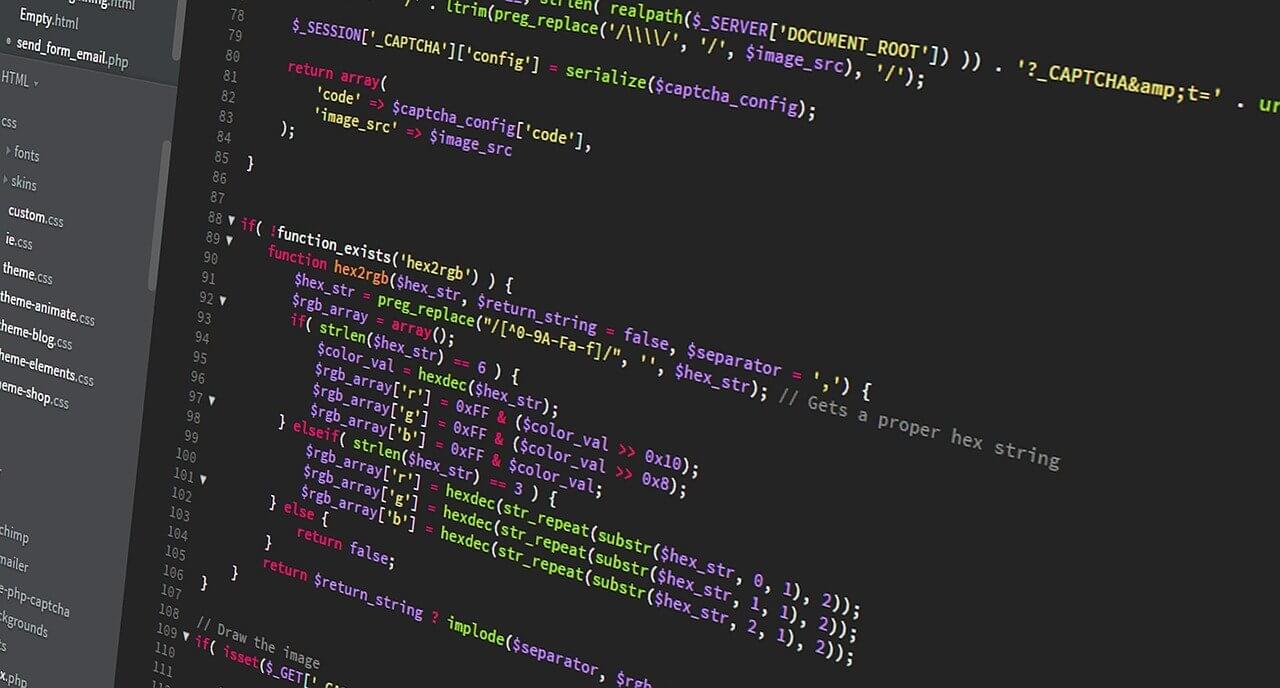Google’s Flutter is a free, open-source mobile user interface development kit published in May 2017. Told, Flutter allows you to construct your mobile app with a single code array. This means that you can build two apps with a single programming language and codebase (iOS and Android). It is cross-platform and lets you compile your code for three different operating systems: iOS, Android, and Fuchsia.
Flutter is being marketed by Google, progressively gaining popularity. It will undoubtedly crowd out other cross-platform development tools now in use (React Native, Xamarin), mainly if Fuchsia is widely spread. Given that Google views this operating system as a replacement for Android, Flutter will eventually replace native Android development.
Flutter primarily seeks to accomplish two goals. First, an SDK (Software Development Kit), a collection of tools that will assist you in developing applications. It includes tools for compiling native machine code. Second, the framework is a set of functional user interface elements that may be customized to your requirements.
People will invariably learn about Dart when they learn about Flutter. Dart is a programming language created by Google that is used to develop Flutter apps. It was first announced in 2011; therefore, it is still a relatively new language.
What Are the Benefits of Learning Flutter?
Ideal for running MVP
A fantastic method for developing an MVP (Model, View, and Presenter). The combination of benefits such as built-in Flutter user interface components, ease of development, rapid page loading speed, and lower costs owing to a single code base makes Flutter a strong alternative for producing a minimum viable application product.
Test effort is reduced.
Because Flutter creates two applications from a single code base, testing professionals only need to write automated tests once.
Flutter’s use of autotests, high UI coverage, and business logic decreases the likelihood that new features will “break” something in the current version.
If a logic issue is discovered during an iOS test run, the developer patches it once, and the problem does not reoccur during app tests under Android. The set of faults in native development will be different, necessitating extra resources for modifications.
The User Experience
Users must see the cross-platform program as native, as though it was created mainly for this platform. At the very least, there should be fluid animations, interface components typical of this OS, and gesture support. Except for Flutter, this is a horrible thing.
In the app wrapper, the cross-platform frequently appears to be a more advanced mobile version of the site. Animations slow down and make use of odd UI elements that have unpredictable behavior. In Flutter, there is no such issue. Its advantage is that it has smooth animations and easily integrates familiar and user-friendly native elements.
Why Should You Be Concerned?
Flutter is not a magic wand, but it is a promising framework in terms of implementation speed and breadth of coverage. We believe that within the next three years, up to one-third of medium and large businesses will migrate to Flutter, following in the footsteps of colleagues from Tencent, Alibaba, Yandex, and others.
If you’re seeking a way to quickly construct an app for iOS and Android with development prospects without sacrificing quality or price, give Flutter a try immediately, as other organizations have.




